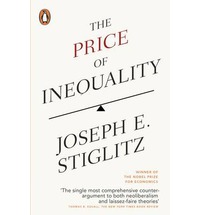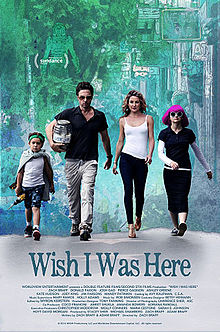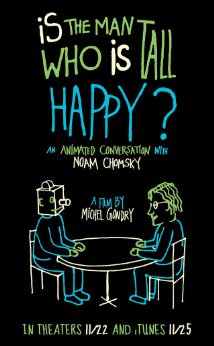A couple of months ago, I observed that we were experiencing a unique (“zeitgeist”) moment of awareness and attention to inequality of wealth and the accompanying issues of social disadvantage. The New York Times has set up an “income inequality navigator” page, and appears to be publishing almost one article a day about the topic.
The latest addition to this debate here in Australia is the recently released (June 11, 2014) report Advance Australia Fair? What to do about growing inequality in Australia. This report was produced by the non-profit organisation Australia21, in collaboration with the Australia Institute and the National Centre for Epidemiology and Population Health. The report arose from a multidisciplinary roundtable of stakeholders and experts that took place at Parliament House in Canberra in January 2014 that explored the questions:
How should Australia respond to the evidence of growing inequality in wealth and health? Consider(ing) the measurable adverse consequences of income inequality in Australia, at individual, family and community levels … how they might be most effectively minimised through policy change?
The report summarises the situation thus:
Australia has a long and proud tradition of equality, but in recent decades the benefits of strong economic growth have flowed disproportionately to the rich. The growing gulf between those in the top range and those in the lower ranges of wealth and income distribution has profound effects on population health and wellbeing, on educational outcomes and there is increasing evidence that increasing inequality impedes economic productivity and growth.
The report concludes with “10 ways we can reduce inequality in Australia and preserve the land of the fair go,” and includes five key messages:
1. Inequality is one of the big issues of our time: it is growing rapidly throughout the industrialised world, and in Australia it is growing more rapidly than anywhere else except the United States of America.
2. Inequality is central to the question of what kind of a society we want to live in.
3. Inequality is bad for everyone: who wants to live in a gated community?
4. Beyond a certain point, inequality is actually inimical to economic growth.
5. Inequality is a policy choice: we can choose policies that reduce it, and we can choose policies that exacerbate it.
Advance Australia Fair? can be downloaded here.
There was some in-depth press coverage of Advance Australia Fair, including Michelle Grattan’s article in The Conversation, Jacqueline Maley’s article in The Sydney Morning Herald of June 14-15, 2014, and an ABC Radio National “Sunday Extra” forum on poverty in Australia on June 15th, which included Dr David Morawetz, an economist, psychologist and co-author of the Advance Australia Fair? report.
At the same time, ABC’s The Drum released the results of three survey questions about inequality in Australia. When asked if people thought that the standard of living for the next generation would be better or worse, only 21 percent reported “better” (mostly just “a little better”), 27 percent “the same” and 48 percent “worse” (mostly “a lot worse”).
Their second question asked if respondents thought Australian society is more or less equal and fair compared to 20 years ago. The responses: 28 percent thought “more fair”, 23 percent “about the same”, and 43 percent “less fair and less equal”.
The third question asked “How important is equality and fairness to Australian society?” An overwhelming 92 percent said fairness was important and 89 percent said equality was important, with most believing these factors were “very important”.
The survey was based on more than 1000 respondents, although it is not clear how they were recruited. A biased sample perhaps? It could be, but surely a good indication of where popular thinking is heading on this issue.
Don’t confuse this report with a 2008 publication with a similar title and covering similar issues: Advance Australia Fair? Trends in small area socio-economic inequality 2001-2006 (Issue 20, July 2008, NATSEM, University of Canberra), sponsored by AMP. This report takes a geographical look at the issue, and is also worthwhile.
Finally, here’s another good example of this high level of interest: the forthcoming (July 7-8, 2014) visit to Sydney of Professor Joseph Stiglitz (Columbia University, ex-World Bank and the author of The Price of Inequality). His two planned events – one for the City of Sydney and one at the University of NSW – were both booked out within hours and are now “waiting list” only.




 Posted by donperlgut
Posted by donperlgut 
